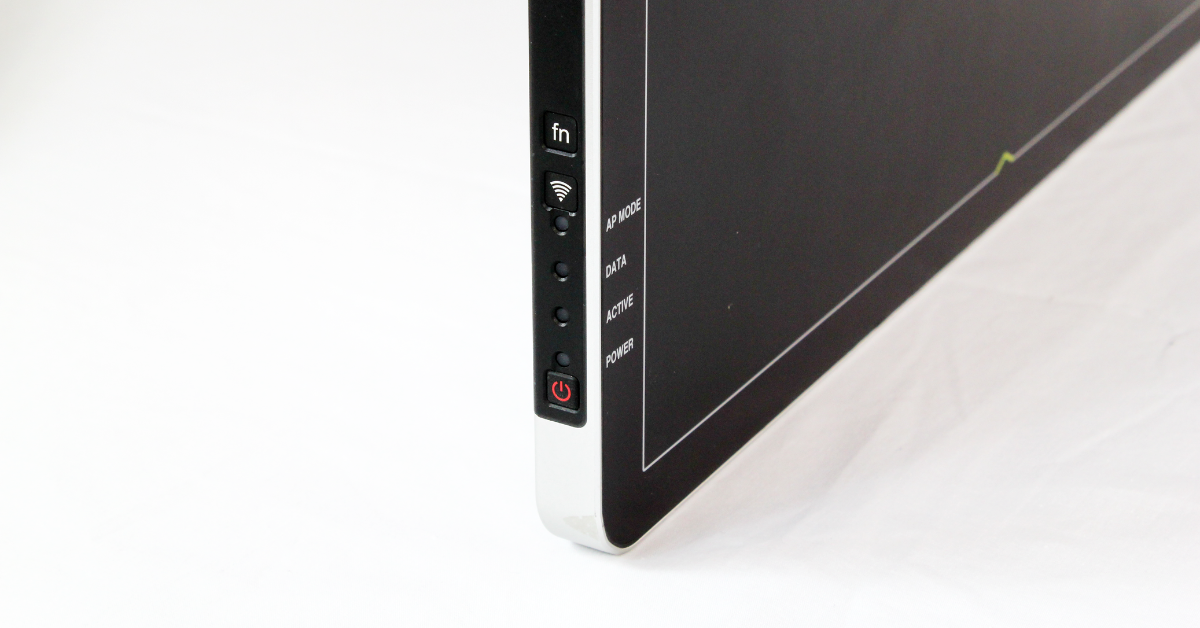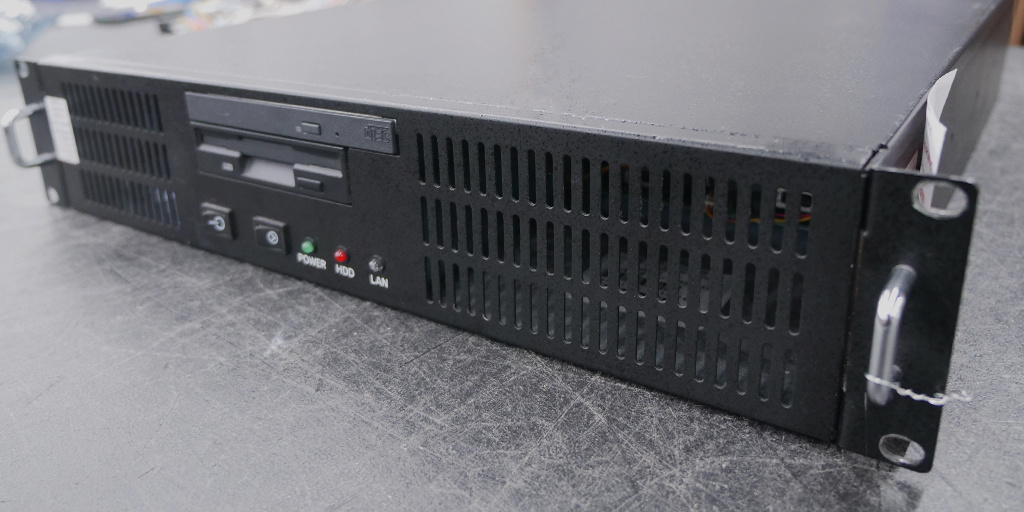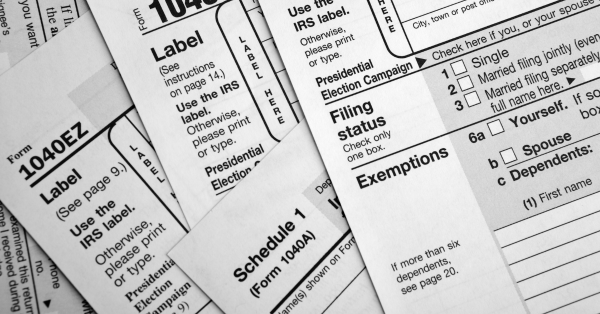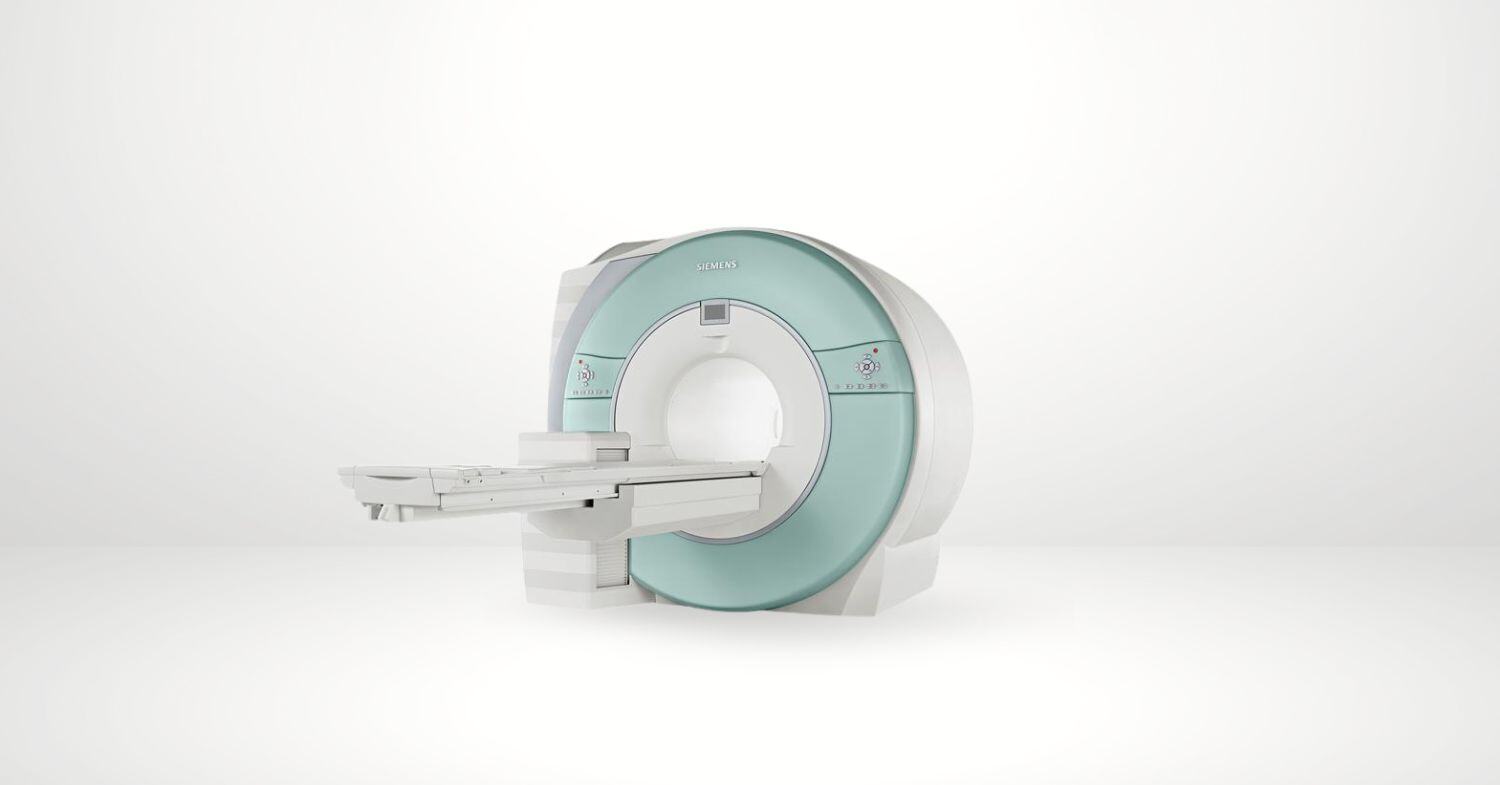
By now, pretty much everybody in the radiology field knows that old-school, analog image acquisition and processing via film are about as inefficient as it gets. Most people also know that there is more than one way to take your imaging into the digital age.
Of course, as is usually the case any time one is offered options, there are pros and cons to each. Below, we'll break down the advantages and challenges posed by both computed radiography (CR) and digital radiography (DR) panels.
- Computed Radiography (CR) Readers
- Digital Radiography (DR) Flat Panel
- Questions to Ask When Choosing Between CR and DR Flat Panels
Note: Block Imaging provides is dedicated to providing new and refurbished X-ray machines and parts. You can read about it in detail below or reach out to our sales team to learn more about how it can help improve your diagnostic imaging.
Computed Radiography (CR) Readers
If you choose to use CR, your analog system takes X-ray exposures in the usual way but uses a CR-specific cassette in place of a traditional film cassette. After the exposure is taken, the cassette is run through a CR reader where the image is scanned into a digital format. The cassette can then be cleared and reused for future scans.
Pros
Once the CR cassette is inserted in the reader, most units will have the image rendered digitally in under a minute. This is exponentially faster than film processing.
Once an image is digitized, storage and transfer are far simpler and more space-efficient than film.
CR units have compatibility with other X-ray devices aside from a traditional rad room. A single CR reader can serve to “digitize” multiple analog units in a single facility.
NOTE: mammo-compatible CR readers have stricter quality guidelines than readers for other X-ray modalities. A mammo CR reader will work for all X-ray modalities, but not all CR readers will work for mammo.
Installation of a CR is less labor-intensive than a fixed DR panel and about the same as a tethered or wireless panel. Once the reader is positioned and connected to the facility network, the rest of the installation is software-based.
Cons
Though it is much faster than film, CR is much slower than a DR panel. The time it takes to remove the cassette from the bucky tray, take it to the reader, read it, clear it, and replace it into the bucky can add up to several minutes.
There is no validation of image quality with a CR until after the time has already been spent to process the cassette. Other conversion methods can show the image on the spot.
Digital Radiography (DR) Flat Panel
Another way to go digital with your X-ray equipment is to update your analog system with a DR detector panel. Whether you choose to use a fixed panel, a tethered panel, or a wireless panel, there are options to accommodate a variety of both preferences and budgets.
Pros
Because a DR panel spends most of its time in your X-ray system's bucky tray, you won't require any additional space for it. The workstation that comes with your panel can be wall-mounted or can live in about two feet of counter space. A CR reader is only about the size of an office copier but is far bulkier than a DR panel setup.
The average DR room will have an image captured and rendered in about 5 seconds. This speed is far ahead of both film and CR.
Like a CR reader, a DR panel can be shared across multiple systems and/or modalities.
While the up-front cost may be higher, the overall cost of ownership of a DR panel is lower than that of a CR reader. Because a CR reader has many moving parts, it is more likely to require a regular on-site maintenance plan and replacement parts.
Cons
The sole con to choosing a DR panel over a CR reader is the potential to pay more up front. As we mentioned earlier, however, the lower service costs compensate for this over time.
See Current Average Pricing for DR Flat Panels
Questions to Ask When Choosing Between CR and DR Flat Panels
In summary, take a look at these questions as a handy guide as you make your decision:
- What is my budget?
- Am I pressed for storage space?
- Do I need to use this for mammo studies?
- Is my facility ready to make the shift to digital?
The Takeaway
We'll all be scanning with digital equipment sooner or later. At present, however, facilities considering this transition around the world will need to evaluate the up-front capital expenditure they're capable of in the immediate future. U.S. users will want to think twice about investing in a CR reader at all.
If you'd like more information to help along the way, we're happy to offer it. Contact us directly with your questions or download this guide on DR Panels to learn more about this option for your X-ray systems.

Clay Selby
Hello, I'm Clay, and I joined Block Imaging in 2021. I enjoy learning something new everyday about our industry and our customers. Block has an incredible work environment that fosters innovation and allows us to create unique solutions for our customers. Outside of work I love playing and watching sports, collect watches and drink craft coffee.







